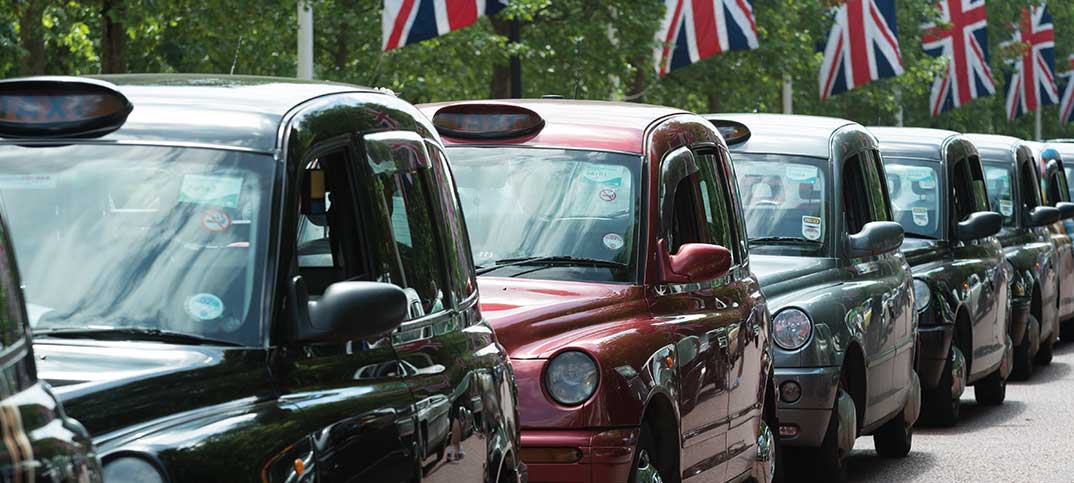Uber’s strategy in America was to disrupt local markets first and ask forgiveness second if they broke any rules.
In America, the popularity of its service and the flexibility it provided meant politicians and regulators often backed down and gave Uber the green light.
In Europe, Uber’s ride has been bumpier. Local taxi services are mostly highly regulated monopolies. This makes owning a licence valuable both in terms of predictability of revenue and control over the hours a driver works. It also makes a red light to innovation more likely.
In London, taxi drivers have had things harder. It is just a bit more American in the UK. To combat Uber, taxi drivers have taken legal action. But they have also started to introduce new services such as discounts on longer trips and the ability to negotiate a fare off the meter.
In New York, analysis of the impact of Uber shows that in central areas the growth in usage of cabs has been small and Uber drivers have cannibalised business from yellow cab drivers. But in outlying areas, where the yellow cabs were less likely to travel, Uber has grown the market and encouraged other competitors. People also benefit late at night when Uber drivers offer a more convenient service and are more available than yellow cab drivers.
In response to market changes, the average price of a medallion to run a cab has fallen from $1m to $690,000 in three years. It seems likely that the value will fall even further.
While the public benefits, there is a human cost for taxi drivers. A big issue is whether Uber drivers should be employees or contractors. The flexibility of the contractor system is one of Uber’s key advantages, as it matches spare capacity with fluctuating demand. It does not have to bear the cost of keeping a cab idling at a taxi stand or the cost of maintaining the vehicles.
In economic terms providing a taxi service is perfect for a contractor model, where the output is easy to measure: Do I get from A to B? Turn contractors into employees and the only benefit is that they have their minimum earnings capped. Everything else will be taken by Uber out of the pot available for drivers.
Independent retailers can learn from the Uber world. Are independent retailers “employees” or “contractors”?
The contractor model works best because in most locations the relative cheapness of retail space makes it hard for shopkeepers to lock out competition. The output of a shop is easy to measure when it sells a Mars bar or a can of Foster’s, which are the same everywhere.
Locking into a fascia model, whether symbol or franchise, may add in some “employee” like benefits, where the “input” of disciplined displays and assortments lead to over-riders.
However, in reality there is no sticky salary, where the minimum earnings of the independent shopkeeper is guaranteed. As an independent businessperson, you have to think hard about what you can do that is not easily copied by a pop-up competitor or supermarket next door.
Digital marketing, food to go, top-up shopping and simply thinking “outside the box” are four routes that you can consider. The Local Shop Summit on October 14 will unlock some great ideas. More than 140 retailers like you are taking part. You need to pay attention because I am sure there is an Uber for convenience retailing too.



Comments
This article doesn't have any comments yet, be the first!